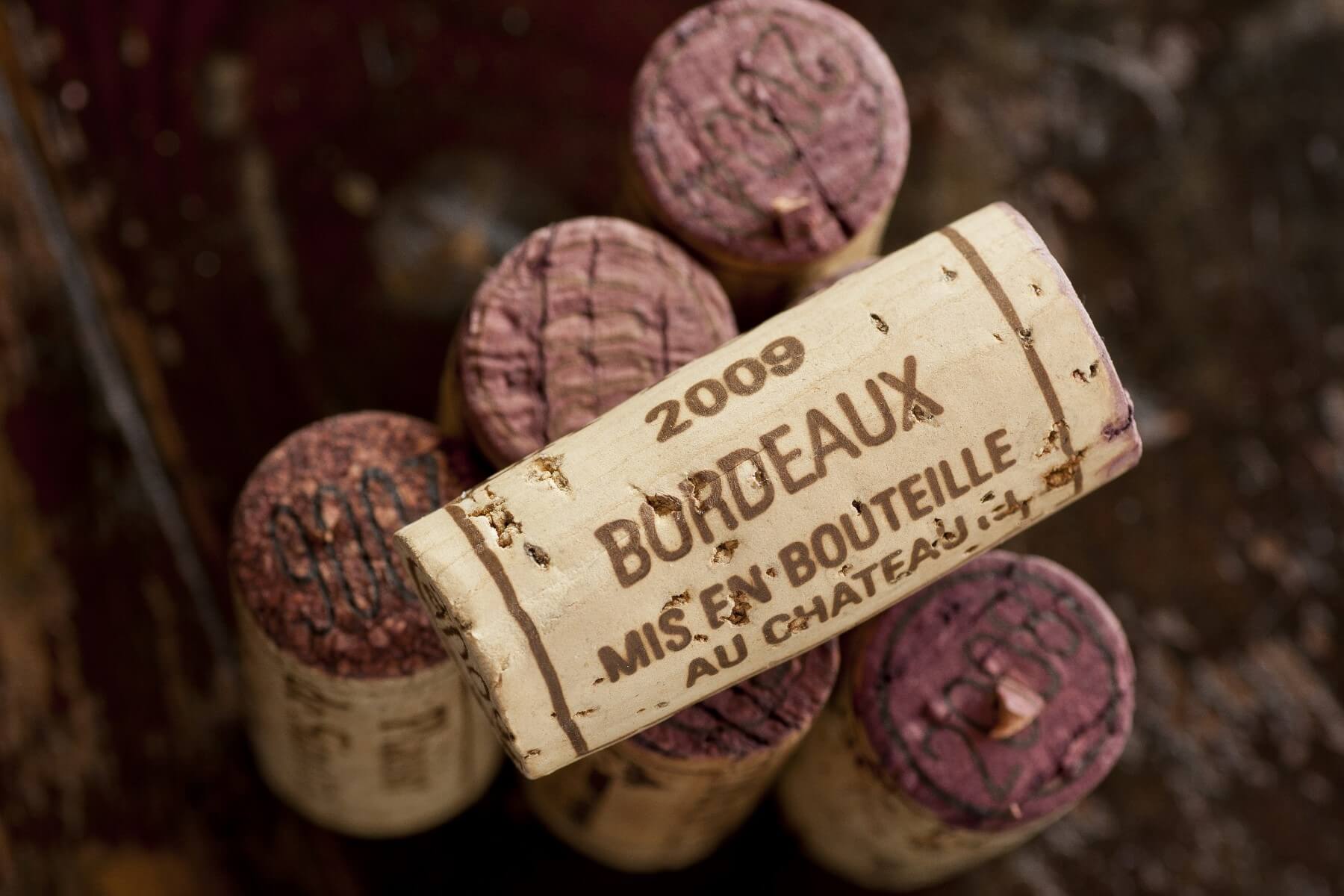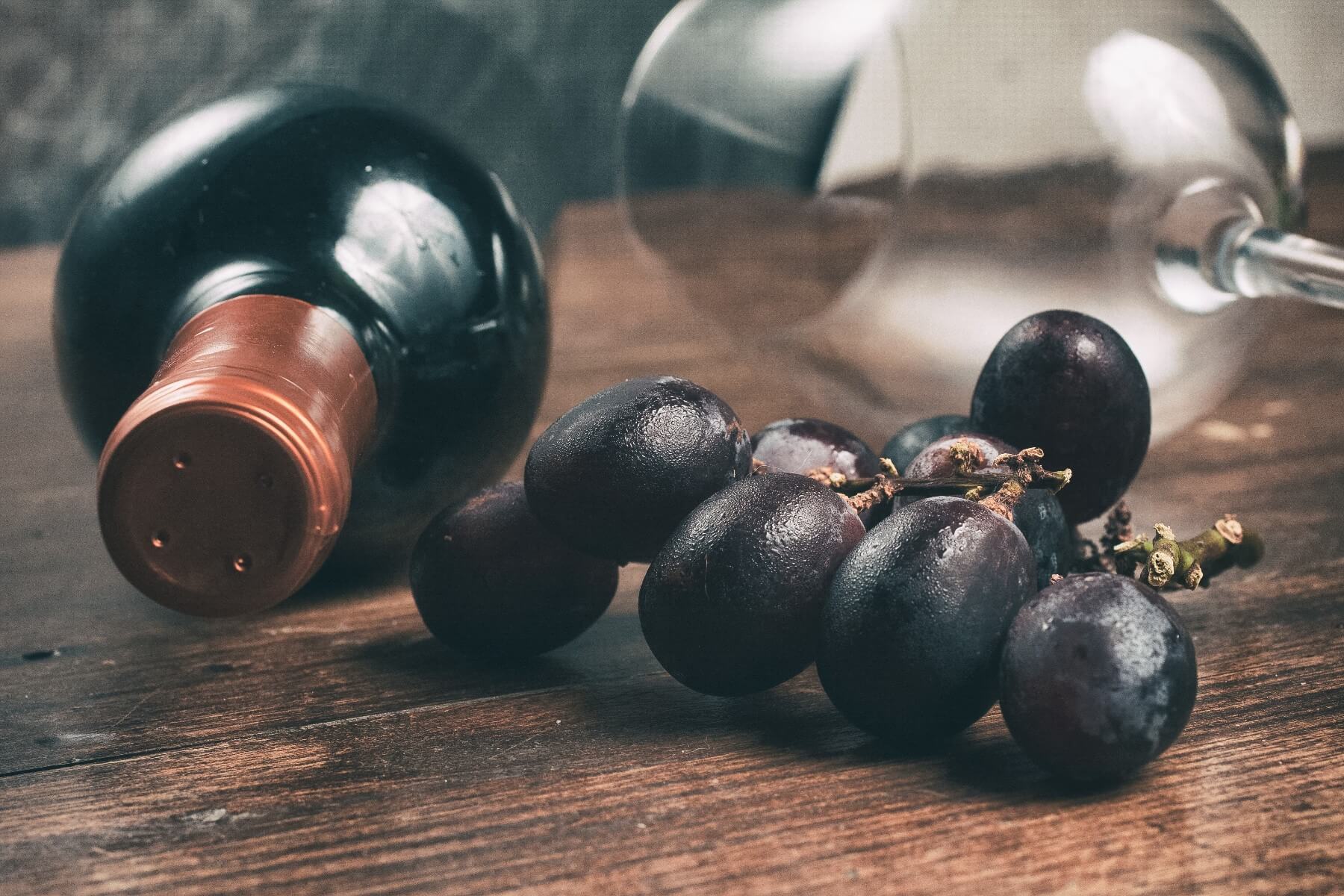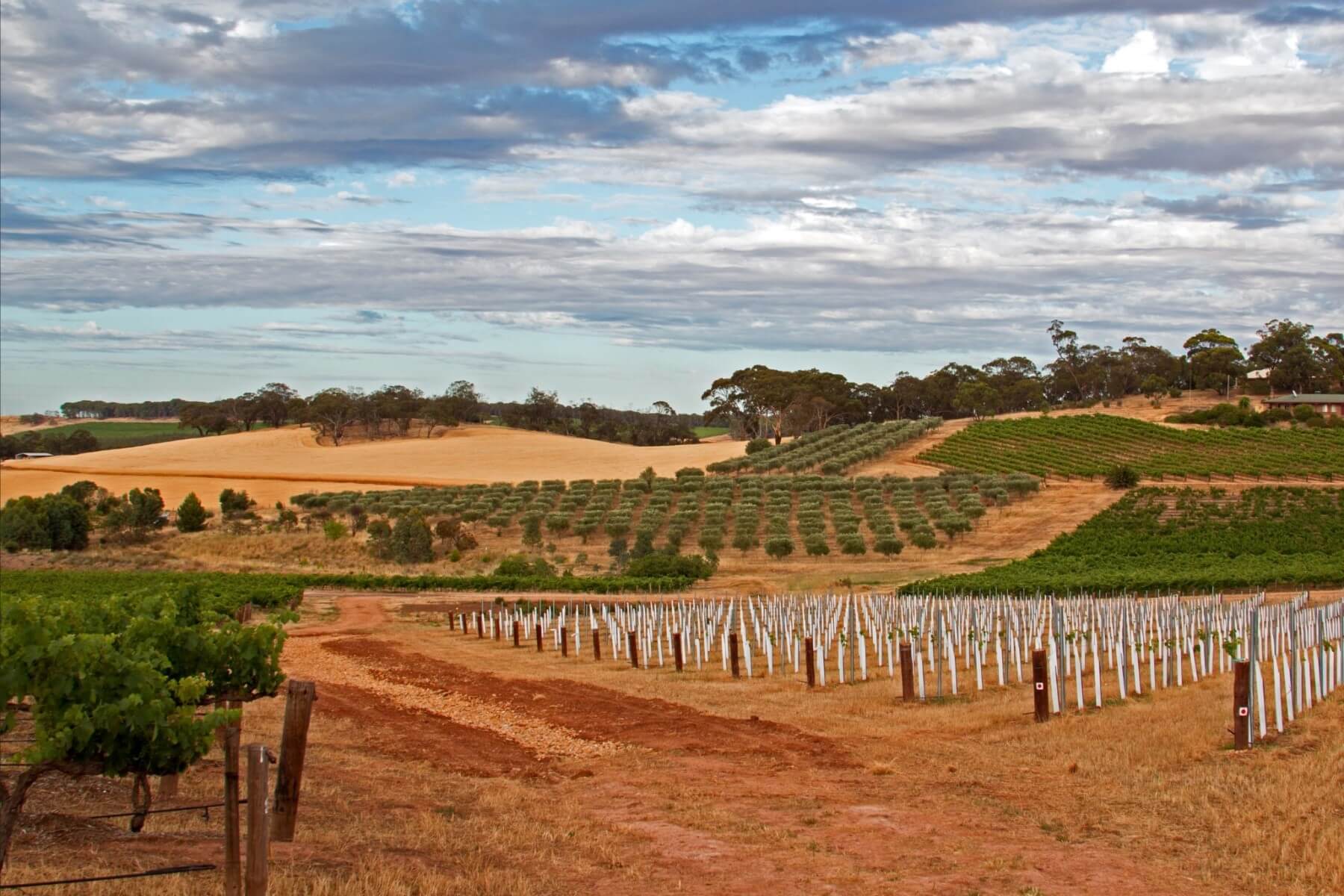

This grape varietal is responsible for a wide variety of fantastic wines, ranging from some of the finest age-worthy red wines from the world’s best appellations, to humble (yet delicious) table wines found on the menus of bistros and restaurants across the globe.
Who doesn’t love a good glass of Cabernet Sauvignon?
This grape varietal is responsible for a wide variety of fantastic wines, ranging from some of the finest age-worthy red wines from the world’s best appellations, to humble (yet delicious) table wines found on the menus of bistros and restaurants across the globe.
These wines are full-bodied, boisterous, strong and noisy, yet somehow elegant and sophisticated at the same time. They are a key component of blended wines found in the Old World of Europe, and of those emerging from the New World regions across the USA and Australia, as well as everywhere in between.
When it comes to pairing with strongly flavoured foods - steaks and barbecued meats, dark chocolate and charcuterie, this noble grape is the often the first people reach for, so it’s no surprise that it is one of the most widely planted varietals there is.
Here are a few facts that you may not have known about Cabernet Sauvignon, so read on and top up your knowledge!
Origins
Given that Cabernet Sauvignon is the principal grape varietal found in many of the most established and ancient wine regions of the world, you’d be forgiven for thinking that this is a grape with a serious history behind it.
France’s Bordeaux, for example, is the spiritual home of fine, blended red wines made primarily from Cabernet Sauvignon, and some of the key appellations found throughout this region have been in use since the fourteenth century.

However, Cabernet Sauvignon is by far the youngest of the so-called ‘noble grapes’, and it may have come into existence quite by chance.
The origins of the grape were something of a mystery, until recent DNA tests revealed that it is in fact a cross-breed; half Cabernet Franc, and half Sauvignon Blanc, which would have been first grown in 17th century France (most probably somewhere in or around Bordeaux).
Spread and Influence
For most of the twentieth century, Cabernet Sauvignon was the most widely planted grape in the world. In the 1980s, it was overtaken for the first time by Merlot, due to the rise in South American viticulture, and the success they’d been having with Merlot down there.
It is grown in every wine producing nation on earth, and has been influential in transforming the wine industries of whole regions. In Tuscany, Italy, wineries were not permitted by law to grow or use Cabernet Sauvignon in their blended wines.
However, a movement known as the Super Tuscans emerged, made up of talented vintners who knew they could bring extra body and life to their wines by including this grape into their blend. They went with their gut, defied the regulations that governed their vineyards, and help lift an ailing region and restore it to its former glories.

Old vs New
It’s generally supposed that the French are the ones who produce the finest Cabernet Sauvignon-based wines in the world. They’ve held tightly onto this reputation for centuries, and have been guilty on many occasions of turning their noses up at efforts from elsewhere on the planet.
However, they received a shock in 1976, at the now infamous ‘Judgement of Paris’, when many of the world’s most esteemed wine experts and critics unknowingly and unanimously hailed Californian Cabernet Sauvignon over French wines of the same grape during a blind tasting.
This single event catapulted New World red wines into prominence, with Californian Cabernet Sauvignon being officially the grape varietal which commanded the highest price at auction - with one six litre bottle (an ‘imperial’) being sold for half a million US dollars in 2000.

Good things come to those who wait
One of the reason’s why Cabernet Sauvignon is such a prized varietal is due to its amazing abilities to age so beautifully. The reason for this lies in the features of the grape itself - the fruit of the Cabernet Sauvignon vine has a large ratio of skin to juice, and it is in these thick, dark skins where most of the tannins are held.
Tannin is what gives wines their body and astringency, and this high quantity of tannin is what makes young Cabernet Sauvignon sometimes a bit of a challenge to enjoy.

However, give it a few years, the tannins break down and soften, producing a wine which is wonderfully balanced and rounded.
The great wineries of Bordeaux’s left bank age their red wines (made from a blend which is primarily Cabernet Sauvignon, softened with Merlot and bolstered by smaller quantities of Cabernet Franc and Petit Verdot) for anywhere up to thirty years, to let the magic of time do its work. Some have been aged for even longer, with some famous bottles now reaching the sixty year mark.
Heritage Vines in Unlikely Places
Here’s a surprising fact: the oldest, continuously used Cabernet Sauvignon vines are not grown on some imposing estate in the south of France, but in the Kalimna vineyard of Barossa Valley, Australia.
The vines were planted in the 1880s, and have been growing and producing remarkably characterful fruit for over a hundred and thirty years.

Now that you have got to know Cabernet Sauvignon on a more intimate level, it's time to up your wine game! Explore new wines by taking our wine palate quiz below and we'll match you with wines that suit your personal taste!
Next up: Take our Wine Palate Quiz and match your personal tastes to your top three wine types
Do you know your wine personality? If your answer is no, take our quiz to find out which wines to pick up next and build your box!
Build my box





